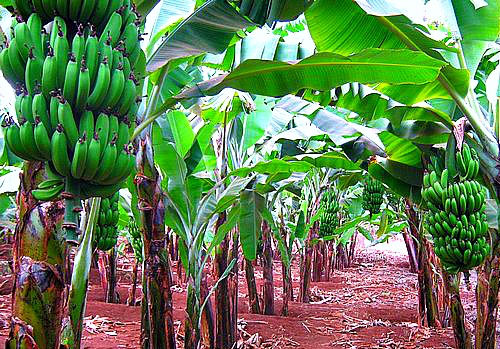KAMPALA – Uganda’s post-covid-19 socio-economic recovery could be fast-tracked if we are to go by the recommendations of a new economic study.
The study that recommends which agri-food sub-sectors should be prioritized by public investment was days ago presented to government officials at a stakeholders workshop held in Kampala.
The workshop, which was organized by the United Nations (UN) and Food and Agriculture Organisation (FAO), was part of a multi-step approach to identify and prioritise sub-sectors, commodities and locations for public investment, which could boost the country’s socio-economic recovery post-covid-19 pandemic.
Stakeholders representing different government institutions listened as FAO officials as they presented findings from a series of scenarios on the effects of public investment in productive infrastructure across agricultural sub-sectors, which would not only drive agricultural production, but also contribute to national economy, well-being and poverty reduction, especially in rural areas.
“Through this policy support process, we are trying to help Uganda to prioritize its investment in agriculture by answering four key questions: Will public investment in productive infrastructure increase agricultural productivity and at the same time spur economic growth and reduce poverty? Secondly, which agricultural sectors should be prioritised for social and economic reasons. Thirdly, in which districts should investments in agricultural commodities be made? And finally, what specific category of investment is needed – for example, in rural roads, R&D, seeds?” Said Marco V. Sánchez, Deputy Director, Agri-food Economics Division at FAO.
The study, carried out by FAO’s Agri-food Economics Division in the framework of activities of the Monitoring and Analysing Food and Agricultural Policies (MAFAP) programme in Uganda, in close collaboration with the Agriculture ministry, National Planning Authority (NPA) and other key stakeholders from government, is part one of a three-step process that will provide roadmaps to bridge commodity-specific investments gaps in districts of high productive and poverty-reducing potential.
The new FAO-led study shows that for the best-performing sub-sectors, investing in sugarcane, bananas and goats would reap the most rewards. The sugarcane sector tops the list of the biggest returns on investment, which would see growth in private consumption, GDP and agri-food GDP. The cassava and potato sectors scored the highest impacts on rural poverty reduction, whereas the tea, coffee, cocoa and vanilla sectors have the most potential to boost exports.
“This prioritisation of cost-effective investments for agri-food systems is very important especially at a time as the government grapples with the recovering from COVID-19,” said NPA’s Ollen Wanda.
Officials said the second step is underway to determine in which districts investments in such high performing sub-sectors can unlock the greatest untapped potential in the most cost-effective way.
During the workshop, the preliminary results of a forthcoming study were also presented and discussed. For instance, the study showed that investing in millet, maize and sugarcane sub-sectors in the Eastern and Northern regions would be beneficial, whereas for the goats, coffee and cassava sub-sectors, investing in Western and Central locations is preferable. For bananas, the report found several areas in districts spread throughout the country would be best suited.
Stakeholders at the workshop made recommendations on the selection of five priority districts, which will feed in to the final and third step of the process. For these districts, the concrete investment gaps that need to be bridged across eight investment priority areas such as; seeds, fertilizer, extension, Research & Development, mechanization, irrigation, electricity and roads.
Source: FAO Uganda
Buy your copy of thecooperator magazine from one of our country- wide vending points or an e-copy on emag.thecooperator.news
